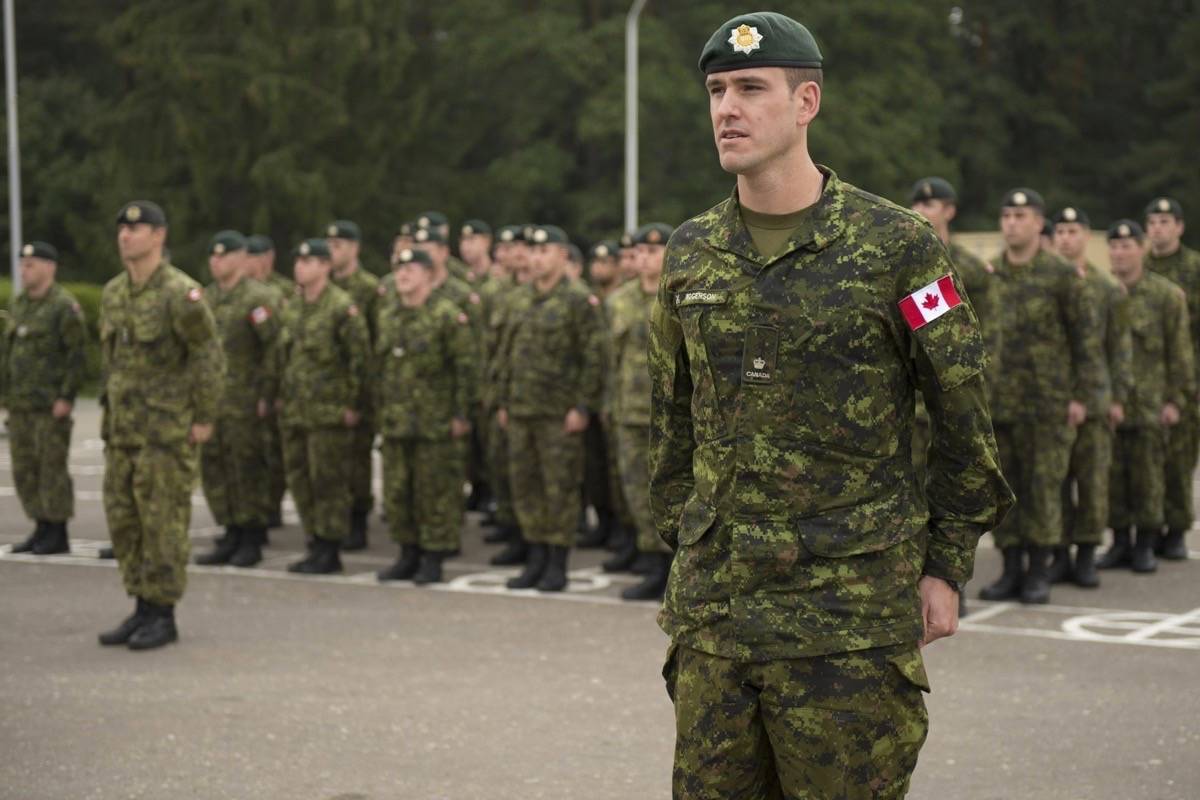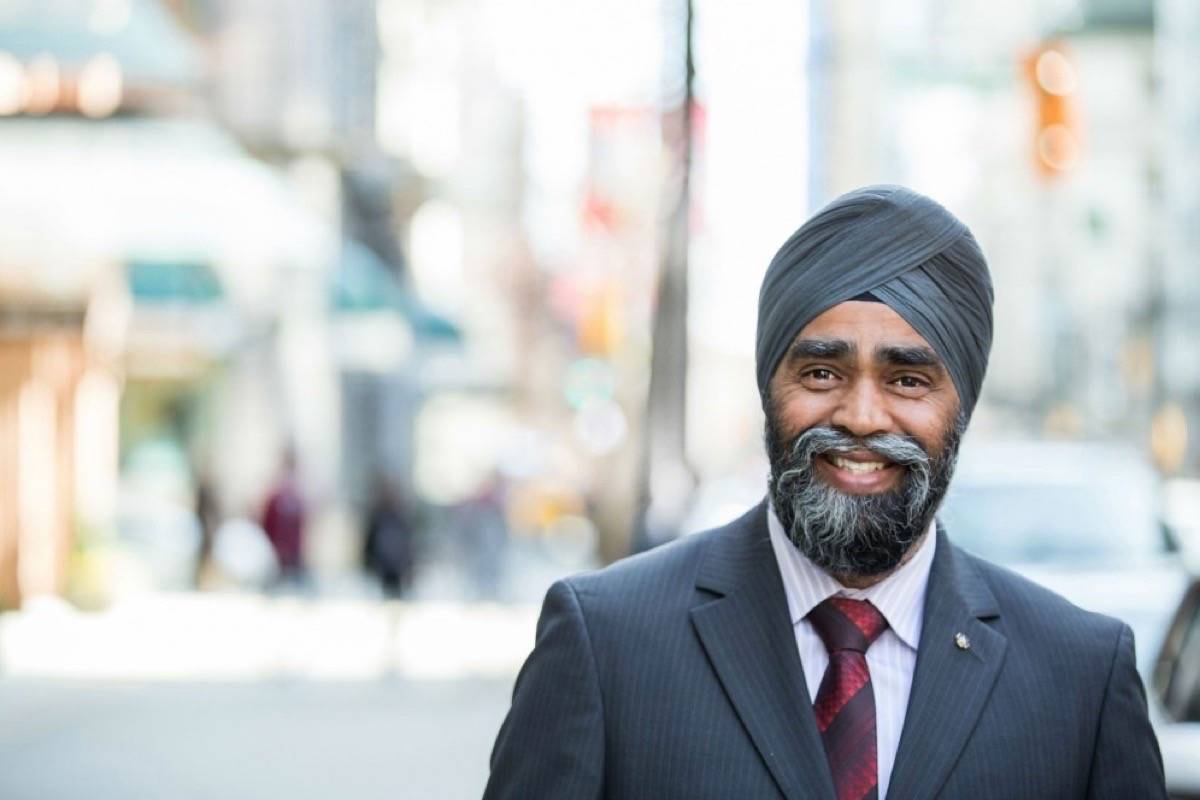Canada will increase annual defence spending by $13.9 billion over the next decade, Defence Minister Harjit Sajjan said Wednesday as he unveiled the Liberal government’s long-awaited vision for expanding the Canadian Armed Forces.
The money will be used to put another 5,000 troops in uniform and add new modern capabilities, such as letting the military conduct cyberattacks and to buy armed drones for unmanned airstrikes.
It will also go towards offsetting the skyrocketing financial – and political – cost of buying new warships and fighter jets.
“If we’re serious about our role in the world, we must be serious about funding our military,” Sajjan told a news conference.
“And we are.”
Sajjan described the plan as being focused on necessary outputs and capabilities in order to ensure Canada is strong at home, secure within North America and able to meet its international responsibilities.
“This is a significant investment in defence, 70 per cent incerase in our budget within 10 years,” he said.
“This allows the Canadian Armed Forces now to be able to have the right resources and planned sustainable funding to be able to create the right plan and sustain itself for the future.”
Sajjan did not directly answer, however, when he was asked whether the additional spending would be financed by higher deficits or spending cuts elsewhere.
Transport Minister Marc Garneau characterized the plan as a “new course” for Canada’s military to both “meet the complex defence challenges of today” as well as prepare for future demands.
It means, once fully realized, an increase in annual defence spending of about 70 per cent, Garneau said.
The government will also commit a large amount of money to better support Canada’s military personnel, particularly the ill and injured, as well as family members.
Still, while some of the money will start flowing right away, the long-awaited defence policy document shows the taps aren’t expected to open all the way until after the next election.
Officials say the delay is necessary to make sure money is available for when it’s needed.
But the delay in major new funding is expected to raise concerns among those who wanted to see immediate spending increases as a hedge against future cost-cutting efforts aimed at fighting the deficit.
That is what happened with the last such vision, unveiled by the previous Conservative government in 2008 but quickly rendered unaffordable and subjected to billions of dollars in spending cuts.
The Liberals’ much-anticipated defence policy has been a year in the making and represents the first comprehensive vision for Canada’s military in more than a decade.
The policy makes the case for a major expansion of Canada’s military capabilities by three trends: growing tension between global powers; the changing nature of conflict; and rapid technological advancements.
The plan also comes as Canada and other NATO allies have faced pressure from U.S. President Donald Trump to dramatically increase defence spending to reach two per cent of GDP.
Canada currently spends about one per cent of GDP on defence, which puts it at the back of the pack among NATO members.
But the policy document says Canada has been under-reporting its defence spending for years by not including the money spent by other departments on such items as peacekeeping and veterans’ benefits.
As a result, it says defence spending is actually closer to around 1.19 per cent this fiscal year, and that it will increase to 1.4 per cent of GDP by 2026-27.
In real terms, that will mean an increase in cash spending from about $18.9 billion this year to $32.7 billion in 2026-27, with the biggest jump — at least in the short term — in 2020-21.
That increase, officials said, lines up with when the government plans to begin spending in earnest on 15 new warships, which are now expected to cost up to $60 billion to build instead of the previous estimate of $26 billion.
The government also plans to buy 88 new fighter jets at a cost of between $15 billion and $19 billion, which is significantly more than the $9 billion the Conservatives budgeted for 65 F-35s.
But the defence policy also puts off much of the spending until after the next election in 2019.

